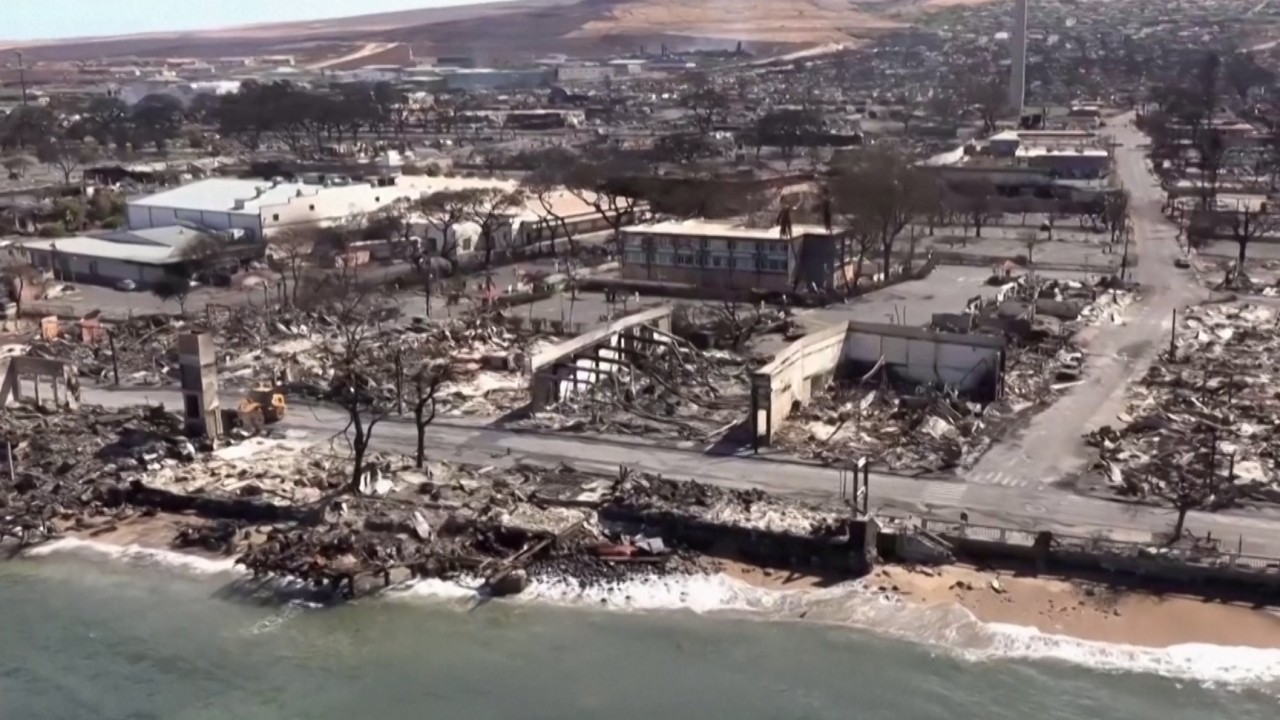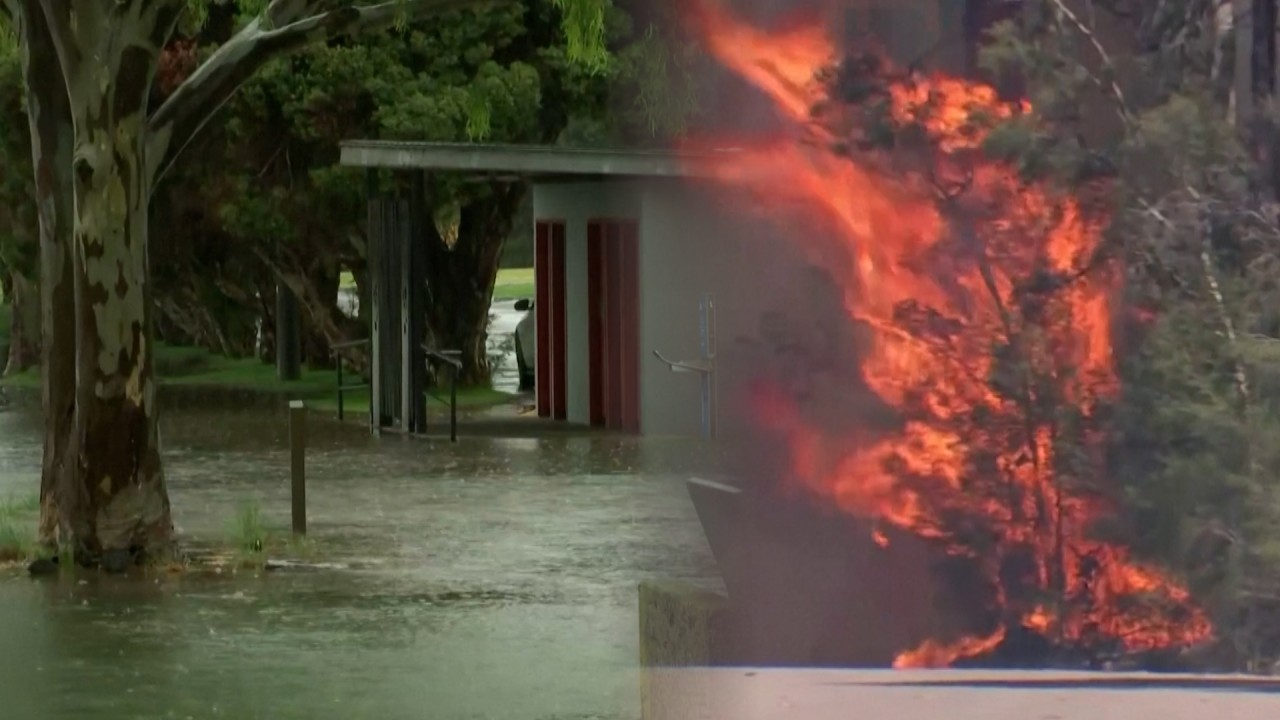
Humans must find a new relationship with fire to control global warming
- Rather than end wildfires, humanity’s challenge is to restrain destructive fire and reduce the amount of combustion driving climate change
Wildfires have generated an average of more than 6 billion tonnes of carbon dioxide per year during the last decade, with emissions from wildfires rising to almost 6.7 billion tonnes last year. Estimates suggest this means wildfires account for 20 per cent of total global greenhouse gas emissions, making them a troubling contributor to global warming which must be restrained.
Reactions to this news should be tempered with the knowledge that wildfires have been around for millions of years and have survived every ice age the planet threw at them. For most of that time, wildfires have been important contributors to climate stability, not just global warming.
From his point of view, our Anthropocene age could as easily and accurately be called the Pyrocene age. “We went to the top of the food web because we learned to cook landscapes for hunting, foraging, farming and herding. And we have become a geological force because we’ve begun to cook the planet. Becoming the keystone species for fire made us the keystone species for Earth.”
This significant shift to the third age only really became noticeable to ordinary people in the middle of the last century, when fire as we had known it began to disappear from our lives. As a child in England in the 1950s, we had candles and coal fires with monthly deliveries from the coalman and exciting visits from the chimney sweep every six months.

By the mid-1970s, almost all evidence of untamed natural fire was gone. Working fires “were housed in machines”. As Pyne notes: “Fire has disappeared in many domestic settings, sublimated into electricity … Modern cities are designed not to burn, made of materials that have already passed through flames to become cement, glass and metal.”
Alongside this accumulation of control was a parallel effort to eliminate wildfires, which instead made the wildfire problem worse. As award-winning journalist Charles Mann wrote in National Geographic: “Connoisseurs of unintended consequences will appreciate the irony that practices intended to reduce fire damage instead have increased it dramatically. Every year, more of the West burns.”
Pyne observes that “We have too much ‘bad fire’” – the kind that arises from mistaken forest management practices and the loss of “thousands of years of empirical fire experience, coded in lore, story, song lines and oral wisdom”. He adds, “In trying to abolish fire, we killed off many of the good fires that make bad ones easier to fight.”
The challenge is not to abolish wildfires. We live on a fire planet and thrive today because of our millennia-long success in capturing and exploiting the potential of fire. The true challenge is to restrain “bad fire” and reduce the combustion that is built on fossil fuels and sits at the heart of the multitude of industrial processes that drive global warming.
As Amory Lovins, physicist and head of the Rocky Mountain Institute, argues in his book Reinventing Fire, “Fire made us human. Fossil fuels made us modern. But now we need a new fire that makes us safe, secure, healthy and durable.” Amen to that.
David Dodwell is CEO of the trade policy and international relations consultancy Strategic Access, focused on developments and challenges facing the Asia-Pacific over the past four decades



